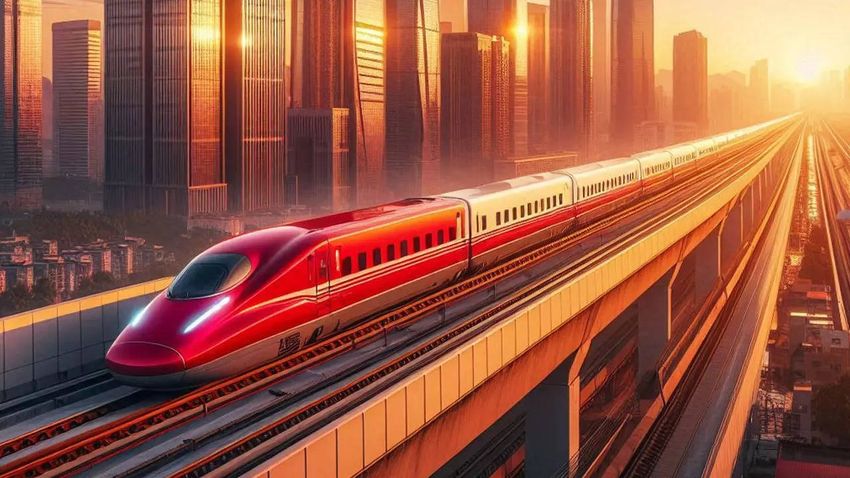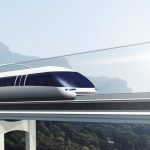Introduction: The Need for Speed on Rails
Imagine traveling at over 300 km/h (186 mph) without feeling a single bump! Bullet trains, also known as Shinkansen in Japan, have transformed modern transportation by offering fast, smooth, and efficient travel. But what makes them so special? This article will take you through the engineering marvel behind bullet trains, covering aerodynamics, propulsion, safety systems, and the future of rail travel.
1. The Science of Speed: How Bullet Trains Work
Bullet trains aren’t like ordinary trains. They are engineered to reduce friction, maximize aerodynamics, and achieve extreme speeds. Here’s how they do it:
A. Aerodynamics: The Shape of Speed
- Bullet trains have a streamlined nose design to reduce air resistance (drag).
- The shape minimizes turbulence, allowing for a smoother and quieter ride.
- Some designs, like the E5 Shinkansen (Japan), have a 15-meter long nose to reduce sonic booms when exiting tunnels.
B. Magnetic Levitation (Maglev) Technology 🔬
- Unlike conventional trains, Maglev bullet trains “float” above the track using powerful electromagnets.
- This eliminates wheel-to-rail friction, allowing them to reach speeds over 600 km/h (373 mph).
- Maglev trains are used in China, Japan, and Germany, with China’s Shanghai Maglev being the fastest at 431 km/h (268 mph).
C. Electric Propulsion: The Power Behind the Speed
- Traditional bullet trains use high-powered electric motors powered by overhead electric lines.
- Advanced trains use linear motors, creating a smooth acceleration without jerks.
- Regenerative braking systems convert kinetic energy into electricity, making them more energy-efficient.
2. Engineering Marvels That Keep Bullet Trains Safe
High-speed travel means safety is a top priority. Engineers have developed some of the most advanced safety mechanisms in the world for bullet trains:
A. Earthquake Detection & Auto-Braking 🌍⚠️
- Japanese Shinkansen trains are equipped with seismic sensors that detect earthquakes.
- Within seconds, an automatic braking system stops the train, preventing derailments.
B. Air Braking & Electromagnetic Braking
- Bullet trains don’t use traditional disc brakes. Instead, they use:
- Air brakes (like those on airplanes) to slow down at high speeds.
- Electromagnetic brakes that use magnetic forces to slow the train without physical contact.
C. Precision Track Design & Smart Monitoring
- Bullet train tracks are specially designed with minimal curves to prevent derailment.
- A computer-controlled monitoring system continuously checks the track condition.
3. The Future of Bullet Trains: What’s Next? 🚀
A. Hyperloop: The Next-Gen Bullet Train?
- Elon Musk’s Hyperloop concept envisions a vacuum tube-based train reaching speeds over 1,000 km/h (621 mph).
- By removing air resistance completely, Hyperloop could revolutionize transportation.
B. Green Energy-Powered Bullet Trains 🌱⚡
- Engineers are exploring solar and hydrogen-powered bullet trains to make them carbon-neutral.
- Japan’s N700S Shinkansen already features energy-efficient batteries that allow the train to move during blackouts.
C. Autonomous Bullet Trains 🤖
- Future trains will use AI-based automation, reducing the need for human operators.
- Driverless bullet trains are already in testing phases in China and Japan.
Conclusion: The Ultimate Ride of the Future
Bullet trains are not just about speed—they are a perfect blend of mechanical engineering, aerodynamics, and cutting-edge technology. With advancements in magnetic levitation, energy efficiency, and AI, the future of high-speed rail travel looks faster, greener, and smarter.
Would you ride a bullet train at 600 km/h? 🚄💨 Let us know in the comments!


